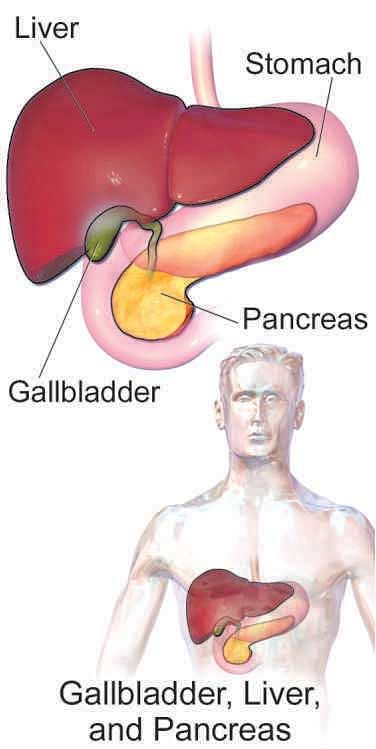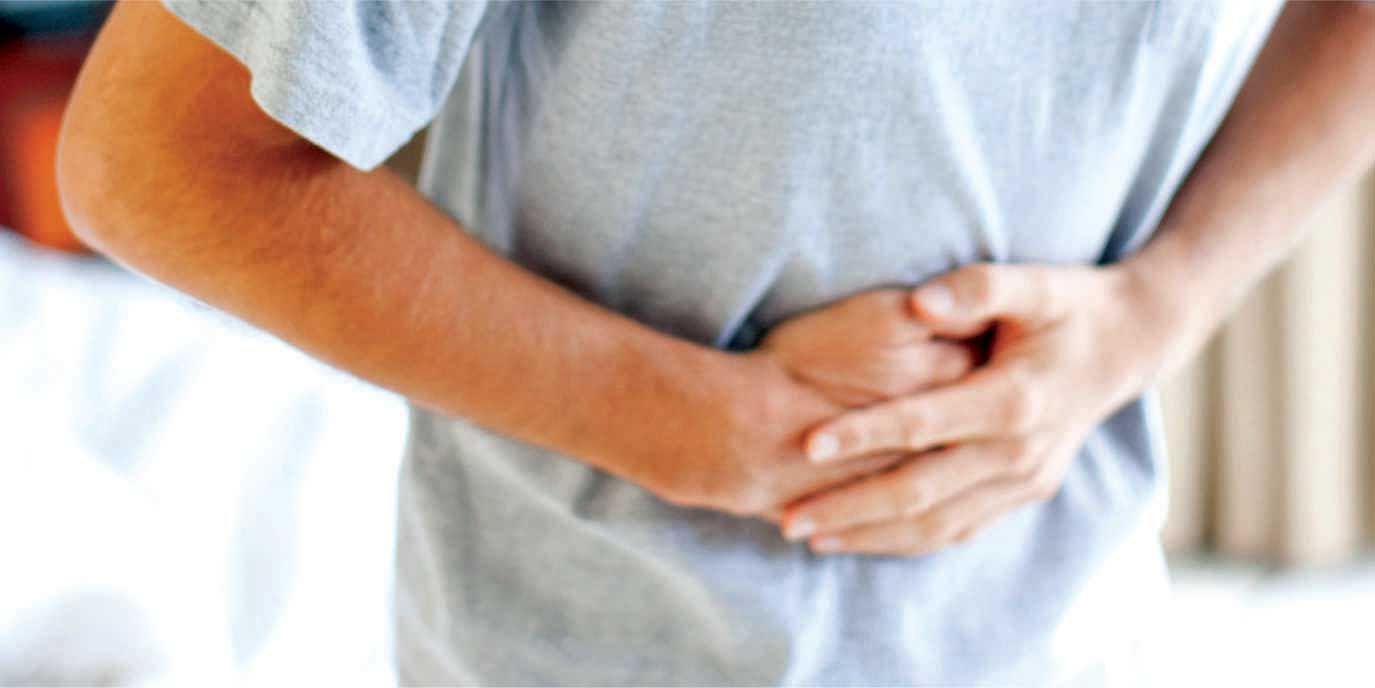Irritated Reservoir!!
Irritated Reservoir!!

Cholecystitis- a term, I believe may feel like an alienated word to many. But actually it is something, every household has themselves experienced or atleast have heard of from their relatives. Cholecystitis is a medical term for inflammation of the gall bladder. With the rise of fast foods and sedentary lifestyle, Cholecystitis has nearly become an epidemic.
To get a clear understanding of this disease, we need to first know about the whole set-up-
Gallbladder- It's a small sac, hiding just under the liver, which acts as a reservoir for bile. Bile is a bitter tasting, greenish fluid that helps you in digesting food (especially fatty foods). This bile is produced in the Liver and gets stored in gallbladder, from where it is secreted from time to time to the small intestine.
Gallstones- As the name suggests- these are the stones formed in the gall bladder. As sand particles form rock within the ocean bed, cholesterol and other stuffs in the bile keep depositing layer after layer to form Gall stones. The size, shape and number of stones vary from person to person or from causes of formation.
Now, the flow of bile is through tubes, called cystic duct and common bile duct. During bile flow, when these gallstones get stuck in these ducts, they obstruct the outflow of bile, resulting in an irritated and swollen gallbladder. Injury from abdominal trauma or in some cases infections, could also cause inflammation of gall bladder, hence Cholecystitis develops.
Risk Factors for Cholecystitis
Not all, rather the following people are more prone to develop cholecystitis:
1. Diabetic patients
2. Female gender
3. Age > 40 yrs
4. People having gallstones
5. Obese persons
Common symptoms of Cholecystitis
Signs and symptoms of cholecystitis vary, it may come and go or remain unchanged. Some people having cholecystits may not have symptoms at all, whereas others may experience severe pains. Symptoms commonly include-
Abdominal pain in right upper region of the abdomen.
Abdominal pain travelling to the back or towards right shoulder.
Abdominal tenderness(pain on touch)
Fever and chills or sweating
Jaundice
Abdominal pains occurring within minutes after meal
Nausea, vomiting or loss of appetite
Dark coloured stools
What is to be done?
If you are or have been experiencing the above mentioned symptoms, and you fall into the risk group, its better to consult a doctor right away. The doctor would assess you clinically and run some tests. Usually an abodminal ultrasonography is enough to diagnose a case of Cholecystitis.
Depending on your condition, the doctor would prescribe some antibiotics that would relief the pain. But if matters are worse, they would opt for surgery.

Surgery
As mentioned, the definite treatment for an acute case of cholecystitis is surgical removal of the gall bladder- Cholecystectomy. This surgery isn't much complicated for a skilled hand. Nowadays, laparoscopic cholecystectomy is carried out for faster recoveries, where small incisions are made over the abdomen to bring out the gall bladder. In few cases, surgeons need to operate more extensively; hence abdomen needs to be opened.
For cases where one or more gallstones get stuck in the tubes/ducts, surgeons may opt for endoscopic procedure (ERCP) to remove the stones within the ducts and latter chopping of the gallbladder if needed.
Long term cholecystitis patients with mild pains may be provided with medications that would dissolve the gall stone and hence avoid hassles of surgey.
Recovery from Surgery
Usually you won’t need to worry about your meals, as after removal of gallbladder you can eat a normal diet without difficulty. Few patients may feel mild abdominal pain or bloating occasionally, which would later subside. This usually happens after having a rich diet. Mild diarrhea like features may also be experienced by some individuals, which can be controlled easily with proper medications.
Complications of having a cholecystitis
Cholecystitis if untreated can give rise to multiple complications, which include-
Gallbladder infection
Gallbladder perforation (developing holes in the gallbladder)
Acute pancreatitis (gallbladder and pancreas share a common duct, hence obstruction in the duct could give rise to inflammation of the pancreas as well)
Acute Peritonitis (inflammation through out the abdomen)
Bacterial blood infection-SEPSIS- (infection from gallbladder may spread to the blood)
Tearing of the ducts (the stone impacted in the ducts, could tear them, leading to more complications.)
With a bit of life-style modification by exercising regularly and eating less fatty foods, diseases such as Cholecystitis can easily be kept at bar.
The writer is Research Physician, Centre for Child and Adolescent Health (CCAH), ICDDR,B.